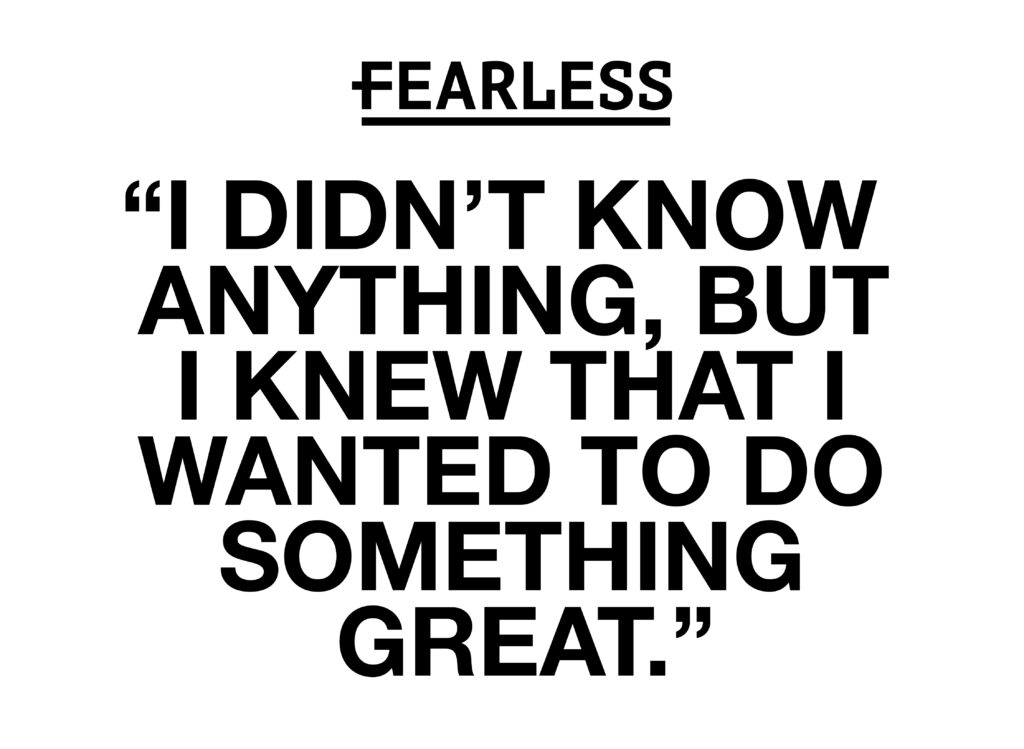McLellan: The best offense …

DREW MCLELLAN Nov 14, 2019 | 6:33 pm
3 min read time
612 wordsBusiness Record Insider, Sales and MarketingI have the good fortune of talking to business owners and leaders every day of the week. Over the past 18 months or so, I have detected a shift in mood and overall outlook. Business leaders are fretting about 2020.
Will there be a recession? When do you think the recession will hit? And the question I feel qualified to answer: How do we ready ourselves for a recession?
First, remember that I’m not a financial analyst, economist or futurist. I have no idea if we’re about to head into a recession. But I have been in the workforce and been a business owner for 30-plus years and I do know that the economy ebbs and flows.
I also think that word strikes fear in the hearts of anyone who lived through the 2008 recession. We need to remember that any economic event is a moment in time, despite the gravity of that moment. Moody’s Chief Economist Mark Zandi stated that recessions since the end of World War II lasted six to 16 months, averaging 10.4 months. The Great Recession was longer at 18 months.
In May of 2019, Forbes reported that if we were to experience a recession, it would probably be about half as bad in terms of severity and length as 2008 and would likely be more confined to a single event than the multiple problems that hit the U.S. spanning housing, banking and beyond during the ’08 financial crisis.
To make things even more confusing, earlier this month the New York Times reported that most economists are reversing their predictions of a recession, based on a series of economic indicators that have corrected themselves over the past quarter.
No matter which prediction plays out, it’s probably never a bad time to ready ourselves for a season of belt-tightening. As marketers, there are some things we can do to contribute to our organization’s readiness, should the economy slow down.
Perhaps if you proactively batten down the hatches, it will ease your and your colleagues’ anxiety. Here are a few suggestions.
Double down on your existing customers: During a downturn, it’s always easier to keep your current customers rather than finding new ones. Invest some extra time in the relationship and work hard to build new relationships within their organization. The more advocates you have on the inside, the better.
Strengthen your entire sales funnel: When the economy gets soft, buying decisions drag out much further than when everyone is feeling flush. People are more afraid of making a mistake. They will often stick with what they have rather than take the risk.
Your sales cycle may double in length if we do see a downturn. Do you have enough marketing and sales materials to maintain a conversation with your prospects for twice as long?
Focus on testimonials that speak to your tangible value: If you’ve saved a customer time or money, now is the time to ask if they’d do a testimonial. You want evidence that working with you is a fiscally smart decision and that you’re more of an investment than an expense. Sprinkle the testimonials liberally on your website, social channels and advertising.
Be helpful without strings: Beef up that FAQ section. Anticipate what your prospects are wondering, especially if they’re trying to DIY whatever you sell. Help them. Establish yourself as someone who is genuinely committed to their success, even if it costs you a sale in the short run.
Hopefully, this is all much ado about nothing. Even if that’s the case, these tactics are just smart business that we overlook when times are good. A little extra protection is rarely a bad plan.










